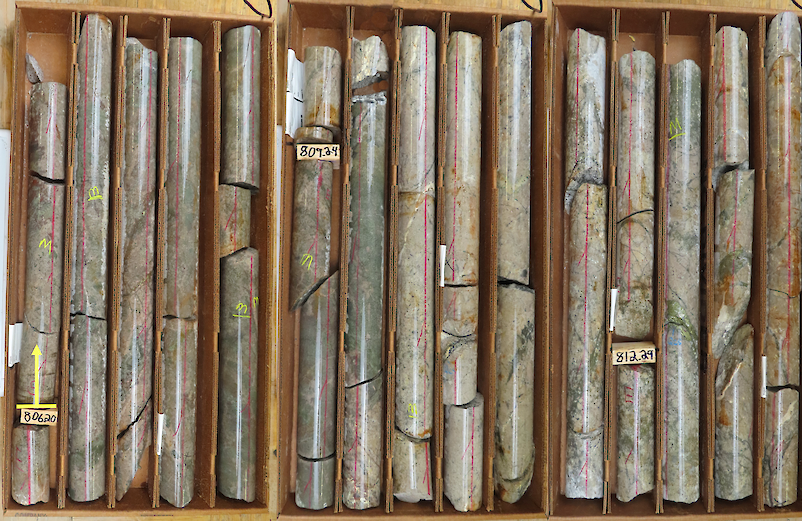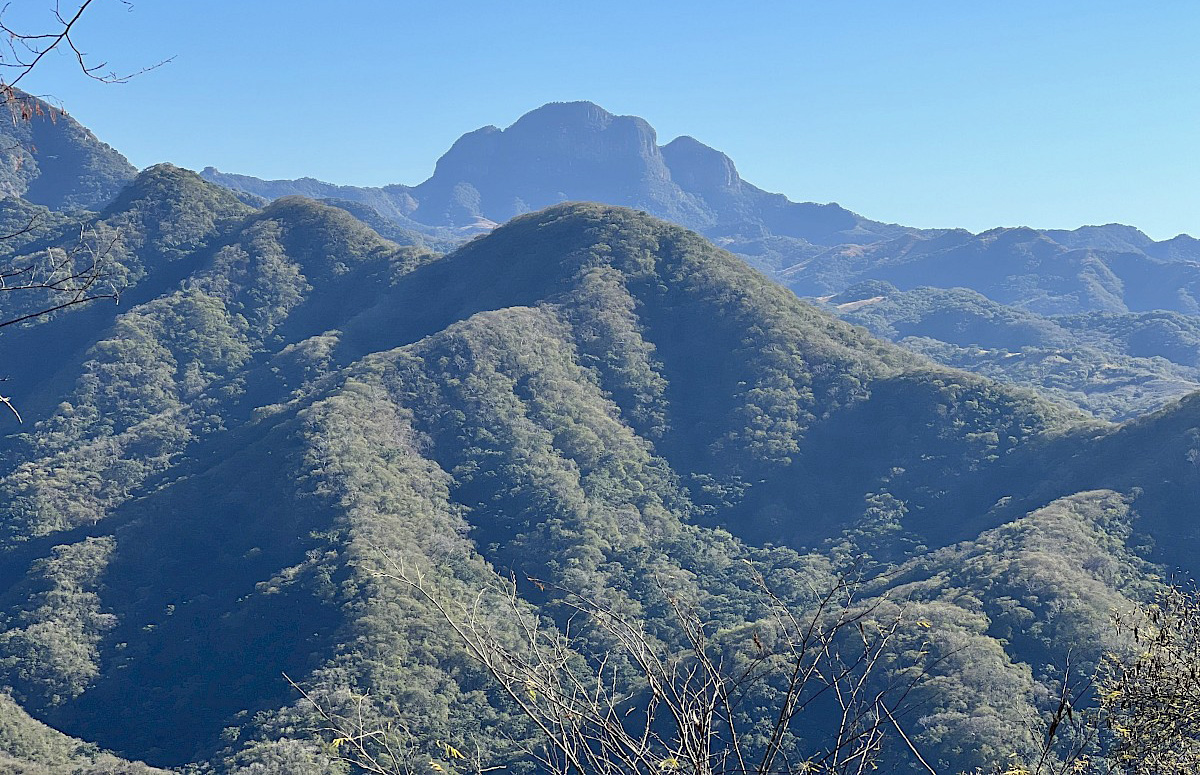The Gold Report: Charles, you believe that gold has bottomed and that the yellow metal will finish the year much higher than where it is now. You and others at Sprott have never wavered in your beliefs, even as others have exited the gold space en masse. Please tell our readers why you believe your faith is about to be rewarded.
Charles Oliver: We've seen some positive signs in the market this summer. It looks as if gold has been in the bottoming phase for some time. Valuations are incredibly cheap. There's been continued debasement of currencies, which has been a driver all along. There's talk of cutting back on quantitative easing, yet the government continues to print aggressive amounts of money.
During the recent downturn in the gold market, there was significant buying from places like Asia. The Chinese and its counterparts continue to buy gold and silver when the price comes off, as we saw this past spring, and also as stocks rise.
Fundamentally, everything looks very good for gold. The pullback in the gold price, from the high of $1,921/ounce ($1,921/oz) to $1,180/oz, is reminiscent of 1974 to 1976. During that time, there was a big pullback of almost 50% in the gold market followed by a rise from $100/oz in 1976 to $850/oz in 1980.
TGR: You're about to head out on a marketing tour and visit some potential projects. Do you believe those reasons we just discussed are saleable?
CO: Absolutely. One of the reasons I didn't do much marketing last year was that it was a terrible time to market. People didn't want to hear about gold because it was going down. It's tough to get people to buy when they're scared. Having said that, those times often present the best opportunities. I feel it's good to go out and get in front of our unit holders and tell them why they should hold on if they're having any doubts or, if they're not in doubt, to build a position.
TGR: Do you still believe gold will get beyond $2,000/oz in the foreseeable future?
CO: I firmly believe gold will be beyond $2,000. The only question is when. There have been some predictions within the Sprott organization that gold could go beyond $2,000 within the next 12 months. There are real reasons behind why that could happen. I don't know if it will. The timing is one of the toughest things to figure out.
Yet, the fall in the gold price in the face of massive quantitative easing did not make sense. It's only a matter of time.
TGR: You've been even more bullish on silver than gold in the past. Has that changed?
CO: It hasn't changed. Over the next five years, I expect the silver price will outperform the gold price. During the last 2,000 years, the silver/gold ratio was at 16:1 about 90% of the time. That means that if gold is $1,600/oz, which isn't far away, the silver price would likely be $100/oz. The current silver price would have to increase more than fourfold to get to that historic norm. The last time that it reached the norm was in 1980 when the silver price reached $50/oz and the gold price was $850/oz, or a ratio of 17:1.
TGR: Do you think we're going to get back there?
CO: It's going in that direction. Whether or not we get actually to 17:1—whether or not we overshoot—depends on many different things. However, the current level is closer to 60:1.
TGR: What's Sprott's position on the platinum group metals?
CO: We are bullish on platinum group metals. The fundamentals are favorable. The supply side is strong. Most of the supply of platinum and palladium is in South Africa, which is undergoing a lot of strikes, strife and challenges. There's been talk about shutdowns.
The demand side is also strong. One of the key uses for these metals is for catalytic converters in cars to reduce pollution. I was in Beijing recently and there was a huge amount of smog. The Chinese government has announced a plan to increase emission standards, which means each car sold will need more platinum or palladium.
"I firmly believe gold will go beyond $2,000/oz. The only question is when."
On top of that, the growth of car ownership in China during the past 20 years is up about tenfold, from about 1 million cars a year to around 10 million cars a year, and is continuing to grow at an aggressive clip. The supply-demand side of the equation looks very positive.
TGR: You've made a living seeing opportunities where others see problems or too much risk. Which category do the labor issues in South Africa fall into?
CO: It's very hard to understand what's going to happen in South Africa. I don't currently have any investments in platinum/palladium miners in South Africa, but I have in the past. I am fearful of events that might unfold and what kind of impact they might have on the companies. I prefer to invest in the bullion or in a limited number of companies outside of South Africa.
TGR: The Sprott Gold and Precious Minerals Fund lists Sprott's "exceptional deal flow and numerous company relationships" as one of the reasons to own the fund. What are some financing deals you've worked on this year?
CO: I've been involved in a number of transactions. Anything you buy in the space has been beaten up, so it's at a good price.
I added to my position in Roxgold Inc. (ROG:TSX.V), which just released its preliminary economic assessment (PEA) and has a spectacular-looking deposit in Burkina Faso.
TGR: Roxgold's 55 Zone deposit is very high-grade. How is its Yaramoko project in West Africa shaping up?
CO: I'm very happy with it. It just came out with its PEA and it has an after-tax return at $1,300/oz gold of just less than 50%. It's got about a 1.4-year payback. It's a high-grade deposit.
It's still in the early stages, but I expect it will optimize it over time and potentially improve its already high internal rate of return. At some point in time, I would not be surprised to see another company take it out. It's a sweet little project.
TGR: And at a ridiculously low market cap right now, too. A takeover offer doesn't seem that unlikely with numbers like these—even in a difficult financing environment. Are the risks associated with Burkina Faso overstated?
CO: There's risk everywhere. You've got to quantify it and keep tabs on how it might be changing. I've been concerned about places in Africa for the last couple of years. There are some issues out there and one must address that. However, a lot of mining companies are in fairly isolated places where they can continue to operate even when certain events are going on within a country. I'm cognizant of the risks and I diversify my portfolio.
TGR: What other companies have you been buying?
CO: I added to my position in U.S. Silver & Gold Corp. (USA:TSX.V; USSIF:OTCQX), which is run by a couple of former Barrick Gold Corp. (ABX:TSX; ABX:NYSE) people and has a silver mine in the U.S.
I've also added to my position in Atna Resources Ltd. (ATN:TSX) in Nevada.
TGR: What brought you to the U.S. Silver & Gold project? Was it the Barrick personnel?
CO: I've known Director Alex Davidson for more than a decade. I like CEO Darren Blasutti and his management team. I had been an investor in the deposit, which is next to Hecla Mining Co.'s (HL:NYSE) deposit, and always thought it was interesting. It became even more interesting when Darren and Alex got involved. These are people with big company mining experience who know how to do things right. They've also done a bit of exploration. No surprise—U.S. Silver & Gold is actually finding some great potential down below in the mine.
TGR: Are there some new companies that Sprott is working with that our readers should know about?
CO: I'm always looking for new companies. In fact, during the next couple of weeks, I'm going to be meeting with many new companies. Until they're an existing position in the portfolio, I can't talk about which ones they are, unfortunately. That's the secret sauce!
TGR: Every mining stock portfolio has taken a few hits during the past couple of years. How would you respond when someone asks why you stay in the small-cap mining space?
"There's been a lot of blood in the streets. But the fundamentals all add up. It's not going to be much longer before we get back to those good times."
CO: I've made my name on the long-term performance of small-cap mining. We make mistakes and learn from them. There are mining cycles. I try and adjust my weightings in certain sectors periodically when I believe one sector will be in favor or out of favor. Hopefully, next time I'll do a better job of recognizing when the big downturn is coming in small caps. However, when the Federal Reserve increased quantitative easing from $45 billion to $85 billion a month, I believed that it was time to start investing in small-cap names. Clearly the market has gone down since then. I don't think that was logical. Even if I were to go back in time, I'd react exactly the same way. We won't get it perfectly, but we try to outperform on a long-term basis.
TGR: What about someone who argues with you on the basis of the lack of liquidity?
CO: Liquidity is something you've got to manage. I hold about a third of my portfolio in large caps and a third in mid-caps on a full-cycle basis. I do that because I need to maintain liquidity. If an investor can be locked in for five to seven years, I would suggest a larger holding in small caps. If liquidity isn't an issue, small caps are the best place to be.
TGR: When you talked with Canada's Business News Network in June, you said Unigold Inc. (UGD:TSX.V) was your top pick in the small-cap space. Is that still true?
CO: It's still a big favorite of mine. I'll actually be meeting with CEO Andrew Cheatle to get an update in the coming weeks. Once the company has an NI 43-101 for its property in the Dominican Republic, it should show a very sizeable resource. At some point, value will surface. I've been an investor for more than four years.
TGR: Tell us about the Neita and Candelones projects.
CO: Unigold has done a lot of drilling, but it hasn't put down a resource on paper. When I meet with Andrew, one of the questions I'll be asking him is about when it will come out with a resource. At one point, he was talking about coming out with one before year-end.
TGR: There's a news cycle in this business. Things tend to get lost toward the end of the year. Do you think Unigold is waiting for the new year?
CO: It's waiting for the right time. It is best to wait for a market that cares. We've been in a market for the last year or more that doesn't care. It's frustrating as a portfolio manager to see companies that come out with good news be sold off. It's not a rational thing. A lot of the junior companies have been holding back some of their good news for a period when the market actually cares again about good news.
TGR: Why have you stuck with Unigold for four years?
CO: At the early stage, it was a very cheap company with a lot of historic drilling. But it got caught in the asset-backed commercial paper situation. It was holding a bunch of cash to use for exploration. It set it back. A new management team and board took the reins and helped to raise money to get drilling going. The company has been doing a lot of induced polarization and other geophysical work. It can take a long time to build and develop a mine. You have to be patient, but the rewards can be huge over the long term.
TGR: Looking back at the third quarter, what were some summer catalysts at the companies you own that the market has yet to fully value?
CO: Roxgold came out with a PEA with spectacular results that have not been factored into its value.
I visited the Brucejack deposit of Pretium Resources Inc. (PVG:TSX; PVG:NYSE). This summer it was doing a 10,000-ton bulk sample of its deposit from underground, with results expected in the next few quarters.
TGR: Is the Valley of Kings zone a kingmaker?
CO: The grade there is spectacular. It is going to be a mine, in my opinion. The biggest question is: What will the mining costs be and what type of mining will it try to get the most economic reserve? When I was underground I could see these veins extending a reasonable distance. Of course, you can't always trust what you see with the eye because the engineers are going to ultimately put some parameters around the width and grades and figure out what the best mining is going to be.
I also like Tahoe Resources Inc. (THO:TSX; TAHO:NYSE), a silver company run by Kevin McArthur, who has one of the best track records for building mines over the past decade. Tahoe has a Guatemalan property, which is a high-grade, low-capex project. It is ramping up into production as we speak. It could be a spectacular mine. We'll have to see how the ramp up goes, but it's at that point.
TGR: When will it start generating cash flow?
CO: That's the million-dollar question. Hopefully, it will be cash-flow positive sometime next year. Ramp-ups can be challenging, but if there is someone in the industry that can do it, I'd bet on Kevin McArthur.
TGR: What do you think of Escobal?
CO: It's a very special deposit. Big, high-grade deposits are far and few between. Sprott used to hold shares of Palmarejo, which was eventually sold and we are current shareholders of MAG Silver Corp. (MAG:TSX; MVG:NYSE), which has nice deposits. MAG Silver should be in production around 2018.
TGR: What can you leave us with to buoy our spirits?
CO: My father always used to tell me that after the bad times, the good times come. It has been very tough out there for the last couple of years. I know a lot of investors have given up and thrown in the towel. There's been a lot of blood in the streets. But the fundamentals all add up. It's not going to be much longer before we get back to those good times. Hang in there. Valuations are great and the fundamentals continue to be very positive.
TGR: Some colloquial wisdom from Charles Oliver. Thank you.
CO: My pleasure.
Charles Oliver joined Sprott Asset Management in 2008. He is lead portfolio manager of the Sprott Gold and Precious Minerals Fund. Previously, he was at AGF Management Limited, where his team was awarded the Canadian Investment Awards Best Precious Metals Fund in 2004, 2006 and 2007. His accolades also include: Lipper Awards' best five-year return in the Precious Metals category (AGF Precious Metals Fund, 2007), and the Lipper award for best one-year return in the Precious Metals category 2010.
Want to read more Gold Report interviews like this? Sign up for our free e-newsletter, and you'll learn when new articles have been published. To see a list of recent interviews with industry analysts and commentators, visit our Streetwise Interviews page.
DISCLOSURE:
1) Brian Sylvester conducted this interview for The Gold Report and provides services to The Gold Report as an independent contractor. He or his family own shares of the following companies mentioned in this interview: None.
2) The following companies mentioned in the interview are sponsors of The Gold Report: Roxgold Inc., Unigold Inc., Pretium Resources Inc., Tahoe Resources Inc. and MAG Silver Corp. Streetwise Reports does not accept stock in exchange for its services or as sponsorship payment.
3) Charles Oliver: I or my family own shares of the following companies mentioned in this interview: None. I personally am or my family is paid by the following companies mentioned in this interview: None. My company has a financial relationship with the following companies mentioned in this interview: Sprott owns shares of all companies mentioned. Sprott is in no way financially compensated by the companies mentioned in this interview. I was not paid by Streetwise Reports for participating in this interview. Comments and opinions expressed are my own comments and opinions. I had the opportunity to review the interview for accuracy as of the date of the interview and am responsible for the content of the interview.
4) Interviews are edited for clarity. Streetwise Reports does not make editorial comments or change experts' statements without their consent.
5) The interview does not constitute investment advice. Each reader is encouraged to consult with his or her individual financial professional and any action a reader takes as a result of information presented here is his or her own responsibility. By opening this page, each reader accepts and agrees to Streetwise Reports' terms of use and full legal disclosure.
6) From time to time, Streetwise Reports LLC and its directors, officers, employees or members of their families, as well as persons interviewed for articles and interviews on the site, may have a long or short position in securities mentioned and may make purchases and/or sales of those securities in the open market or otherwise.




































